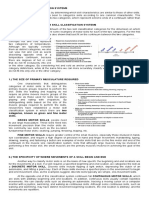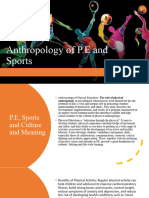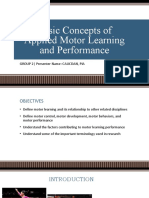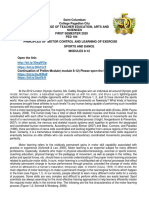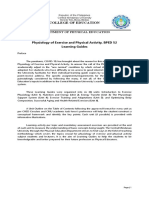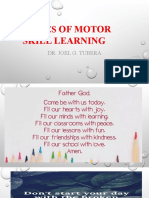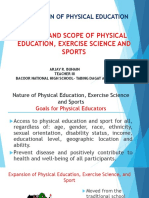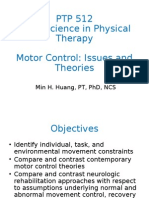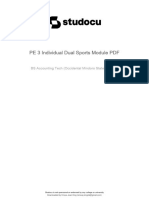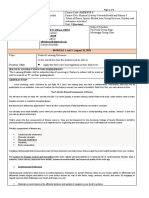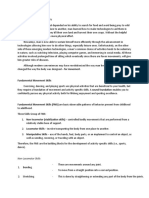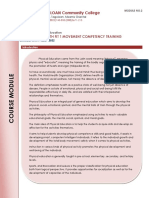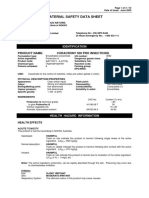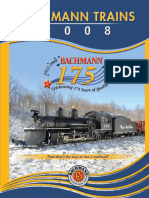.
Chapter 1
The Classification of Motor Skills
Concept: Motor skills can be classified into general categories
�The Study of Motor Skills: Motor Learning, Control, and Development
Motor skills require body, head,
and/or limb movement to achieve its goal Motor learning involves the study of:
Acquisition of new skills Performance enhancement of well-learned skills Reacquisition of skills following injury, disease, etc.
�The study of motor skills:(cont.)
Motor control involves the study of:
How the neuromuscular system functions to enable coordinated movement
While learning a new skill While performing a well-learned skill
Motor development involves the study of:
Human development from infancy to old age
Issues related to either motor learning or motor control
�University of Delaware Motor-Control Research
Christopher Knight
�Development of upper limb proprioceptive accuracy in children and adolescents
Daniel J. Goble a, Colleen A. Lewis a,b, Edward A. Hurvitz b, Susan H. Brown
��Terms Related to Motor Skills: Skills, Actions, and Movement
Skills - Tasks or activities that have specific goals to achieve (action goals) Motor skills vs. cognitive skills Actions Term often used as synonymous with the term motor skills Movements Behavioral characteristics of a specific limb or a combination of limbs
�One-Dimension Classification Systems
Categorize skills according to one common characteristic Divided into two categories, each representing extreme ends of a continuum
�One-Dimension Classification Systems, contd
Three motor skill classifications that use onedimension approaches [see Figure 1.2]:
1. Size of primary musculature required 2. Specificity of where actions begin or end 3. Stability of the environment context
�1. Size of Primary Musculature Required
The benefit of a continuum approach to skill classification
Some motor skills involve both types to achieve the action goal and would be located between the two points
�2. Specificity of Where Actions Begin or End
Two main categories:
Discrete motor skills - specified beginning and end points, usually require a simple movement
e.g. flipping a light switch
Continuous motor skills - arbitrary beginning and end points; usually involve repetitive movements
e.g. steering a car
Combination category: Serial motor skills
Involve a continuous series of discrete skills
e.g. shifting gears in a stick shift automobile
�3. Stability of the Environmental Context
Two main concepts:
Closed motor skills involve a stationary supporting surface, object, and/or other people; performer determines when to begin the action
e.g. picking up a cup while seated at a table
Open motor skill involve supporting surface, object, and/or other people in motion; environment features determines when to begin the action
e.g. catching a thrown ball
�A Two-Dimension Classification System
Gentiles Taxonomy of Motor Skills
(Table 1.1)
Taxonomy - A classification system organized according to relationships among the component characteristics of what is being classified
�Gentiles Two-Dimensions Taxonomy, contd
Two-dimensions of the taxonomy:
1.Environmental context 2.Function of the action
1.Environmental context
Two characteristics Regulatory conditions
Characteristics of environment that control the movement characteristics of an action
Intertrial variability
Whether the regulatory conditions are the same or different from one performance attempt to another
�Gentiles Two-Dimensions Taxonomy, contd
2. Function of the action Two characteristics Body orientation
Does the skill require the person to move from one location to another or to stay in the same location
body stability, - maintain same location body transport change location (actively or passively)
Object manipulation
��Summary of the 2 Dimensions
4 characteristics can describe any motor skill:
2 Environmental context characteristics
1. Are the regulatory conditions stationary or in motion? 2. Do the regulatory conditions change from trial to trial?
2 Action function characteristics
1. Does the action goal require maintaining the body in the same location or transporting the body from one place to another? 2. Is an object manipulated?
�The 16 Skill Categories
The interaction of the four environmental context characteristics and the four action function characteristics creates 16 skill categories Table 1.1 shows Gentiles original presentation of the taxonomy along with two examples of skill in each category
�Characteristics of Gentiles Taxonomy
Each category puts different demands on the performer Skill complexity basis for taxonomy organization
From simplest [#1A] diagonally to most complex [#4D]
Complexity increases when a motor skill involves one or more of the following:
Open environment Trial-to-trial variability Object to manipulate Body transport
�Practical Uses of Gentiles Taxonomy
Guide for evaluating motor performance capabilities, limitations, and deficiencies Systematic basis for selecting progressions of functionally appropriate activities to
increase performance capabilities overcome performance deficiencies
Chart persons progress developing a profile of competencies


